-
Welcome to Tacoma World!
You are currently viewing as a guest! To get full-access, you need to register for a FREE account.
As a registered member, you’ll be able to:- Participate in all Tacoma discussion topics
- Communicate privately with other Tacoma owners from around the world
- Post your own photos in our Members Gallery
- Access all special features of the site
Power Calculation BS Tech by amateurs, you've been warned.
Discussion in 'Performance and Tuning' started by Dragons Taco, Aug 2, 2017.


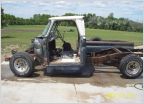 Exhaust Differences
Exhaust Differences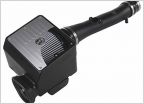 Beware.... of afeintakestore.com
Beware.... of afeintakestore.com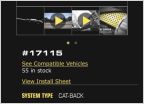 Which magnaflow muffler?
Which magnaflow muffler?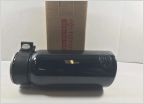 Exhaust tips recommendations
Exhaust tips recommendations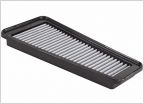 Intake forms
Intake forms


































































